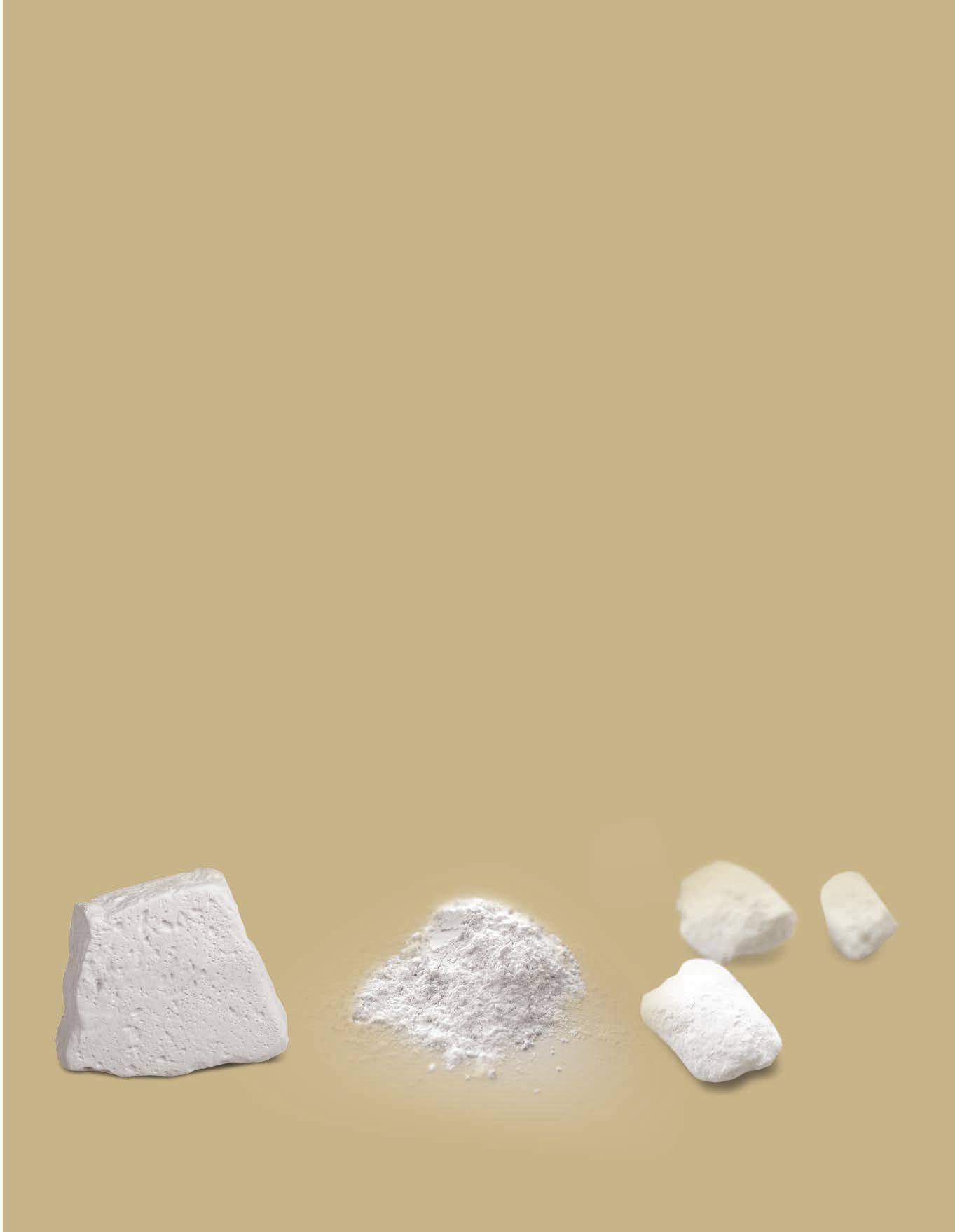
2 minute read
White gold
WHITE GOLD In terms of material and form, the secret of Herend porcelain’s beauty lies in its embodiment of a harmony of four ancient elements: earth, water, fire and air. Its magnificent whiteness is ensured by an appropriate mixture of water and base materials obtained from earth, while its translucency can be obtained with the help of fire and air. Now, let’s take a behind-the-scenes peek at the process of porcelain-making.
Centuries-old formula The first and perhaps most important step is to prepare a paste of excellent quality. Porcelain paste consists of three main ingredients, kaolin, feldspar and quartz; all are powdery minerals, which are first mixed with water according to a specific and secret formula. Given that it is the only way to obtain a high-quality, workable and highly usable paste, it is crucial to observe the precise mixing proportions.
Advertisement
Alliance of three minerals Each of the three ingredients has its purpose in the technology of porcelain-making. Kaolin accounts for the malleability of the paste, which determines its workability, plasticity and the product’s resistance on firing. Due to its alkali content, feldspar functions as a melting component, i.e. it facilitates melting and fusion at the firing temperature. and resistance. The glazed bisque porcelain is fired again at a temperature between 1,370°C and 1,410°C. At such a high temperature, compli-
Quartz plays the role of a component that creates the structure and gives it strength; its proportion determines the transparency and translucency of the product. The degree of whiteness of the porcelain is influenced by the quality of the base materials, more precisely, their iron and titanium content. Even despite the most accurate preparation of raw materials, some mineral-bound iron or titanium may be left in the paste, and may result in a yellowish tint on the porcelain surface; however, the masters of Herend have a technique to get rid of such flaws: they apply a reducing atmosphere on firing, which ensures a characterHandmade treasure The next technological phase is firing. Porcelain is fired multiple times before the final work of art is completed. The first firing is called bisque firing, and is carried out at 950 °C. Then comes glazing, which, depending on the size and shape of the product, may involve dipping, spraying or immersing the object. Glaze is glass-like molten silica, which not only lends porcelain its characteristic gloss but also its mechanical strength
istic translucent blueish white colour of porcelain. cated physical and chemical procedures take place, as a result of which a final, dense structure develops. Porcelain pulp shrinks significantly, by 12% to 15%; modellers always take it into account on designing products. At this point, unpainted items reach porcelain master painters, who add manual painting to each piece to make them more unique and valuable.
Kaolin Feldspar Quartz










